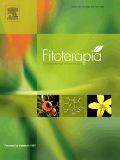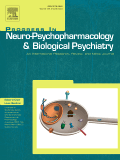“The endocannabinoid signalling (ECS) system has been known to regulate glucose homeostasis.
Previous studies have suggested that the cannabinoid 2 (CB2) receptor may play a regulatory role on insulin secretion, immune modulation and insulin resistance.
Given that diabetes and insulin resistance are attributable to elevated inflammatory tone, we investigated the role of CB2 receptor on glucose tolerance and insulin sensitivity in high-fat diet (HFD)/streptozotocin (STZ)-induced mice.
Our data suggest a lipolytic role of SER601 in HFD/STZ-induced diabetic mice, which results in significant improvement of systemic insulin sensitivity.
Thus, the CB2 receptor may be considered a promising target for therapeutic development against insulin resistance and obesity-related diabetes.”









